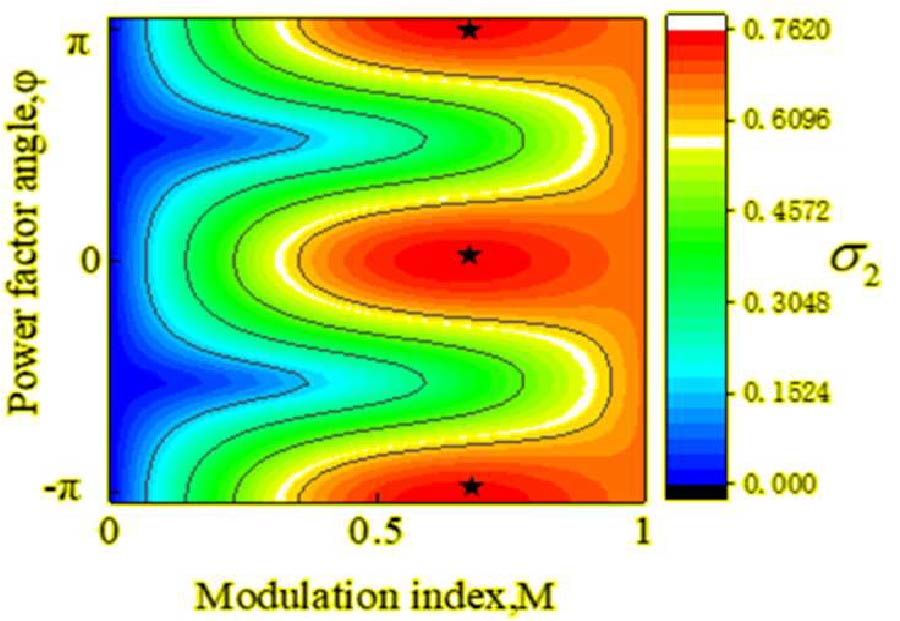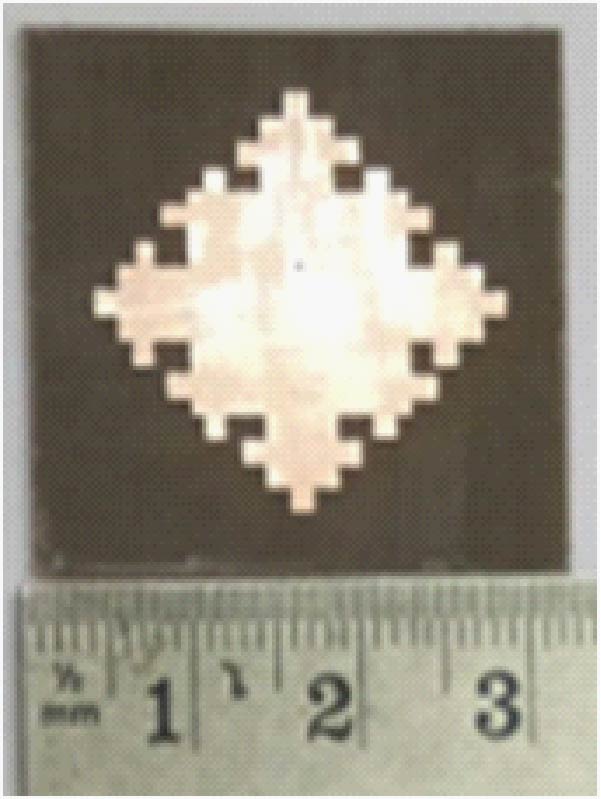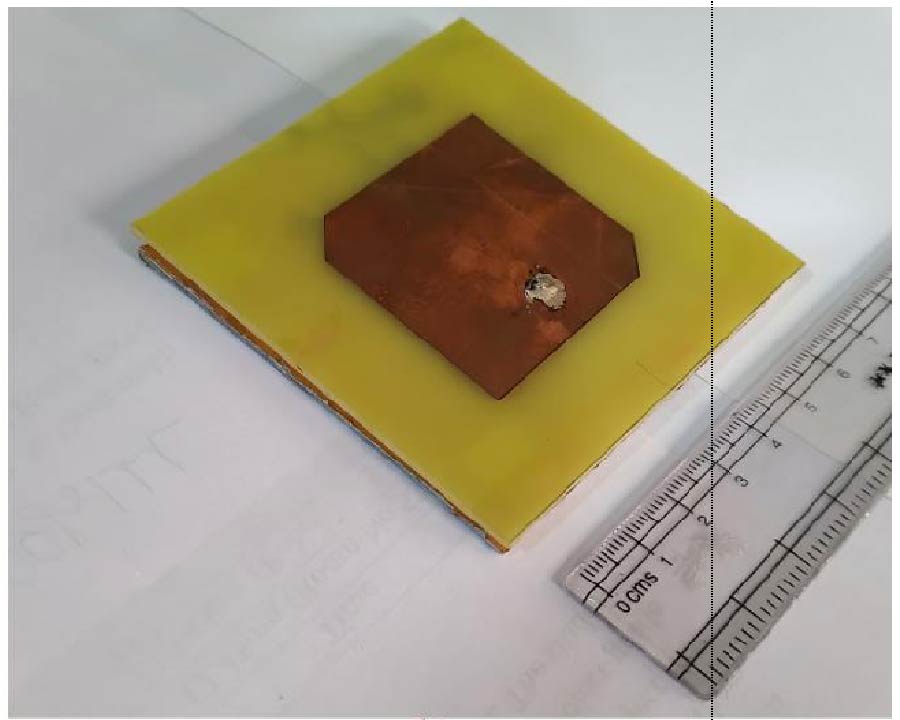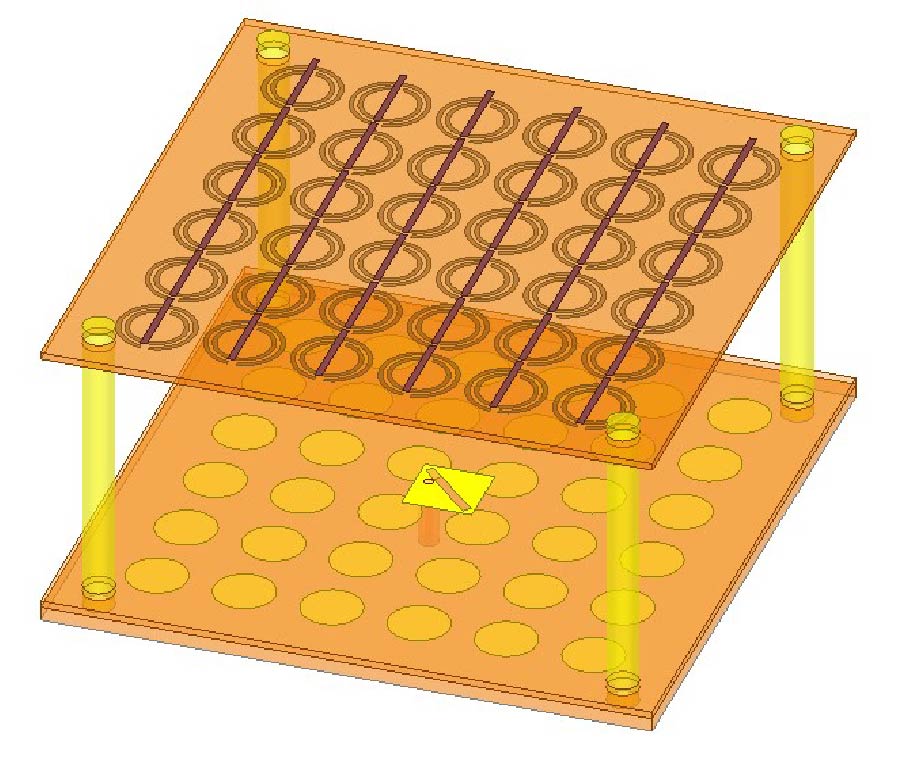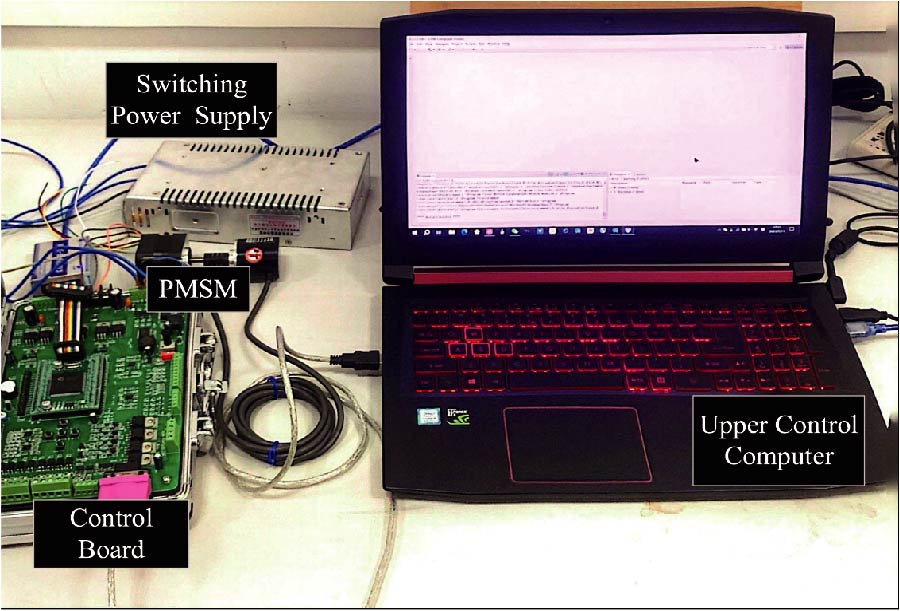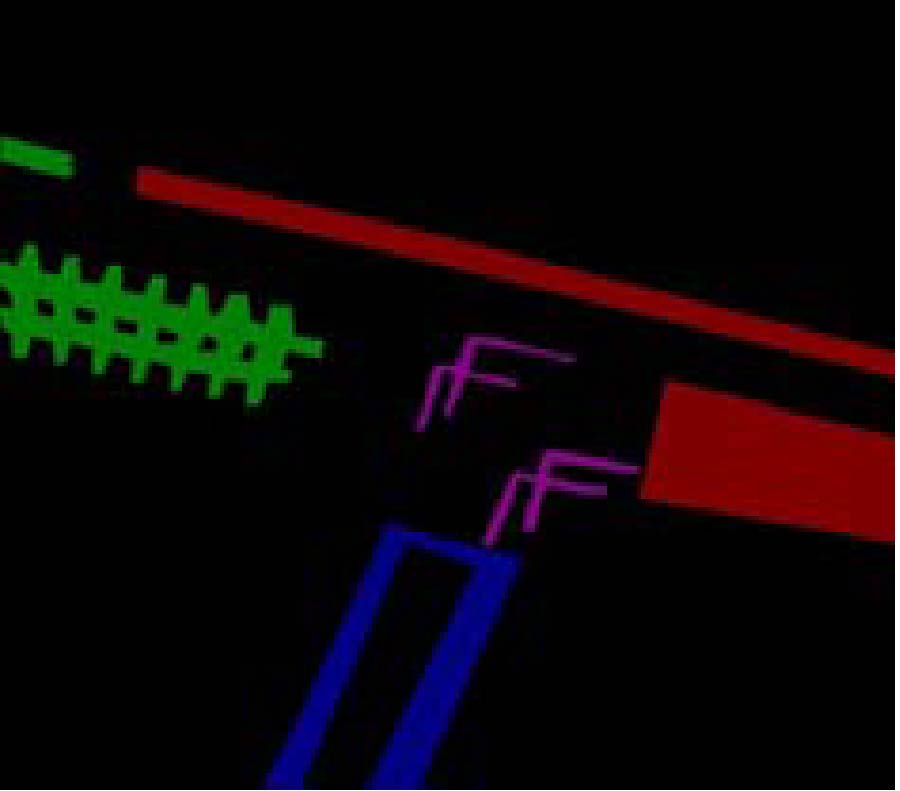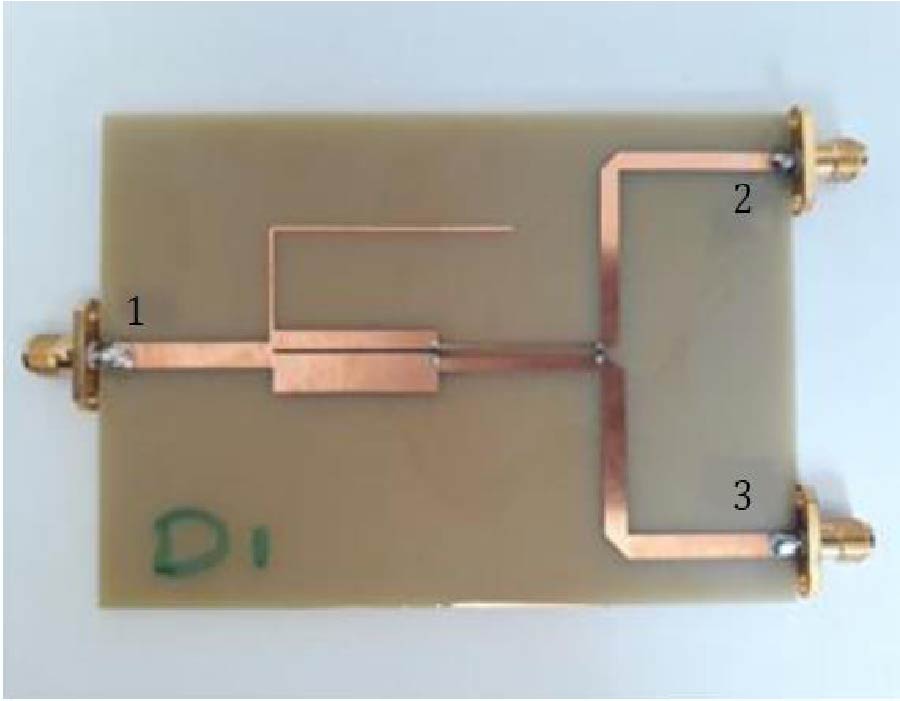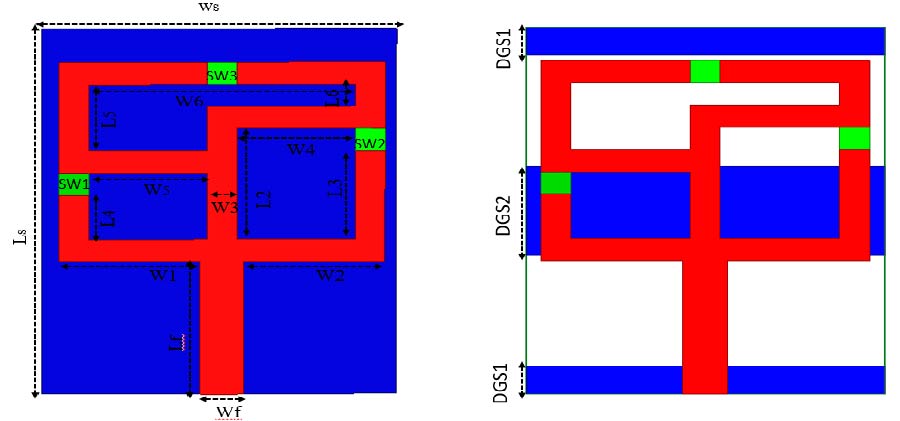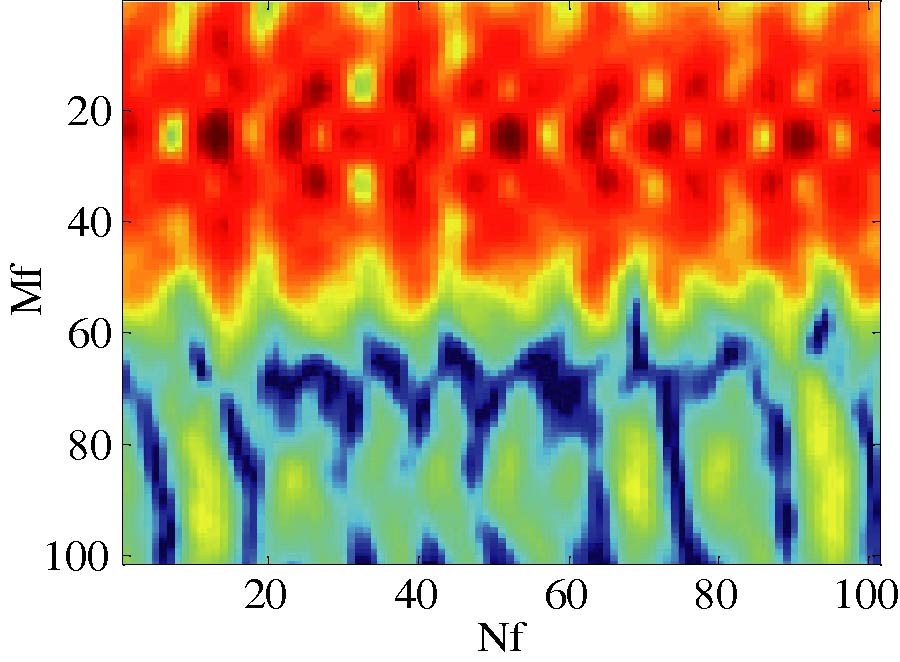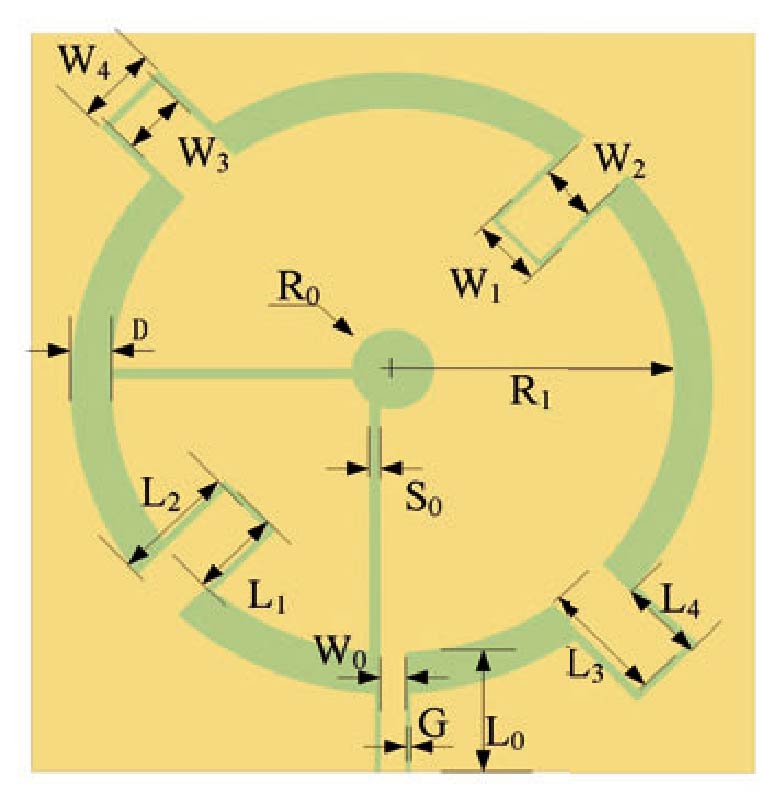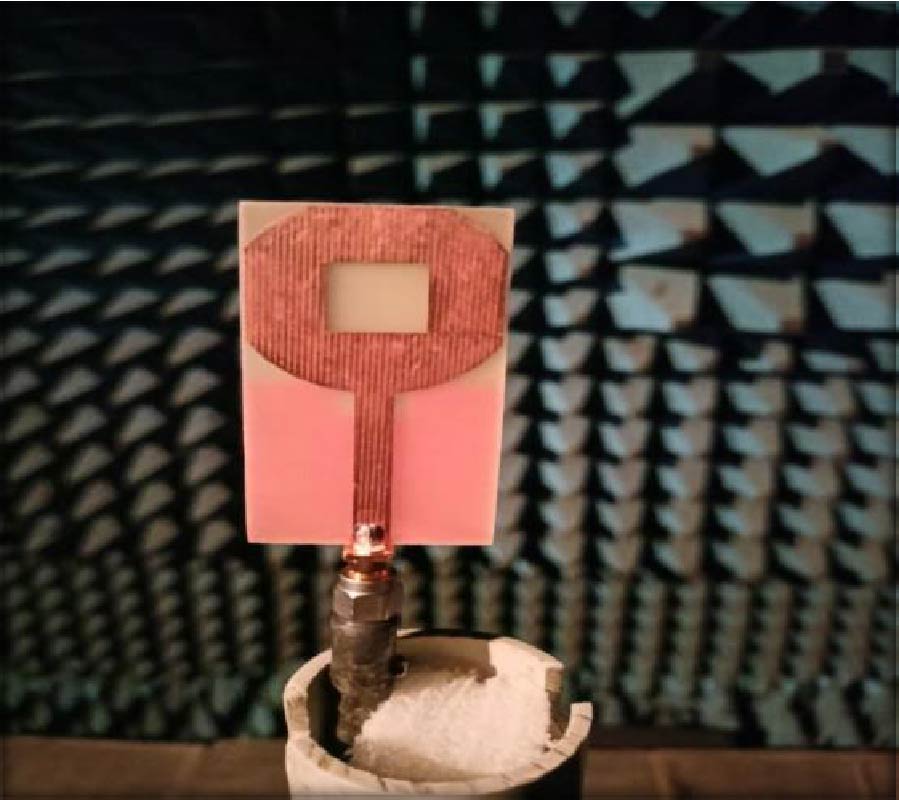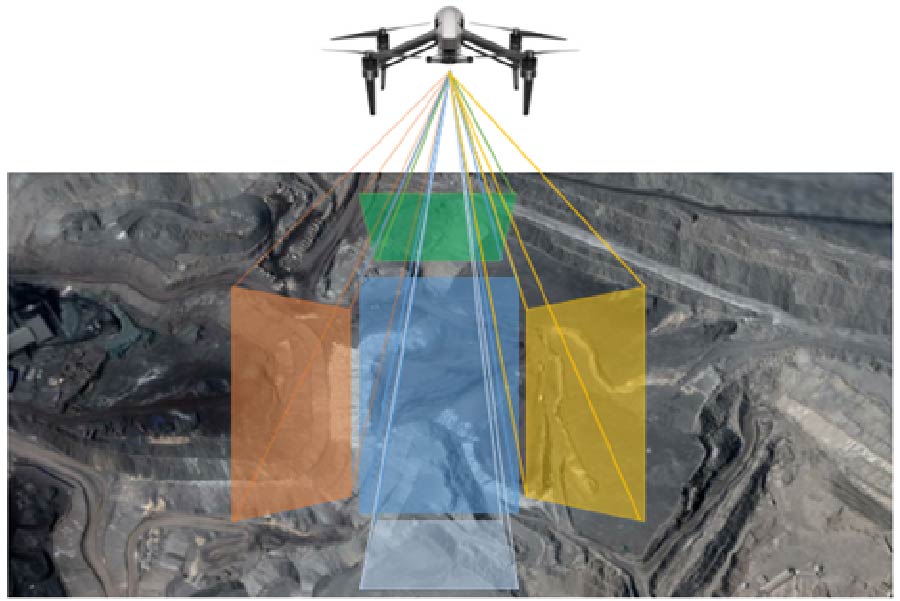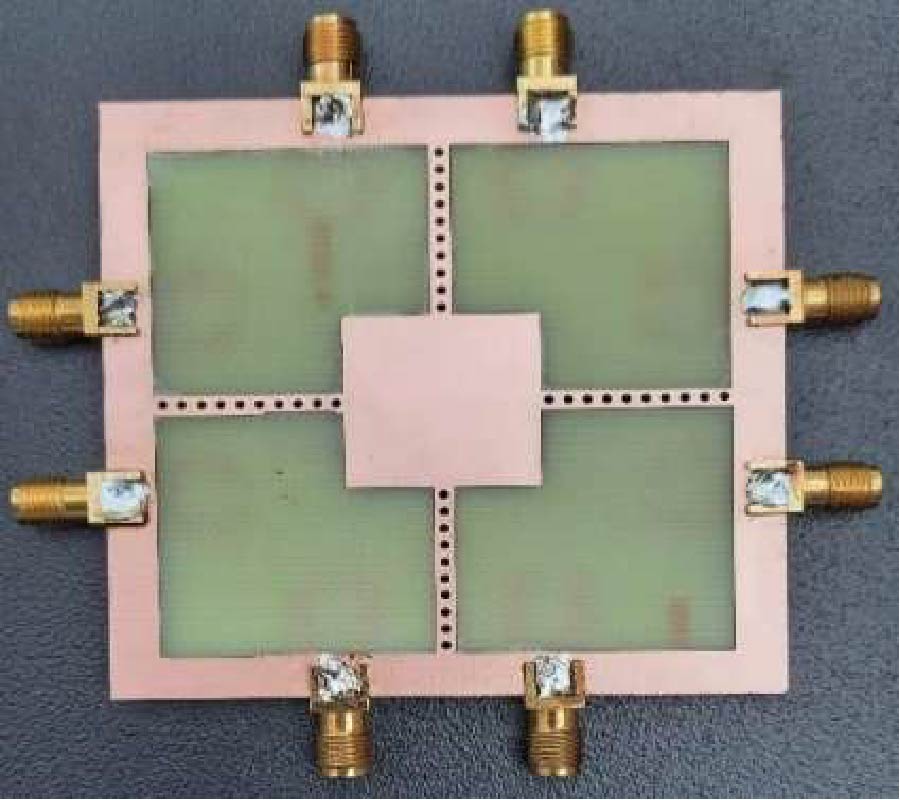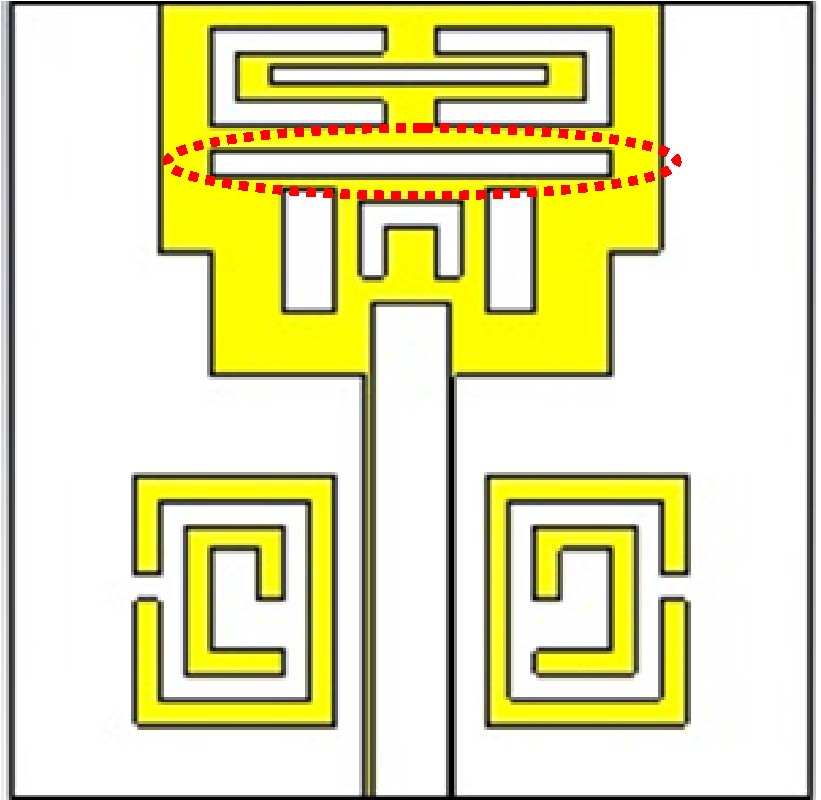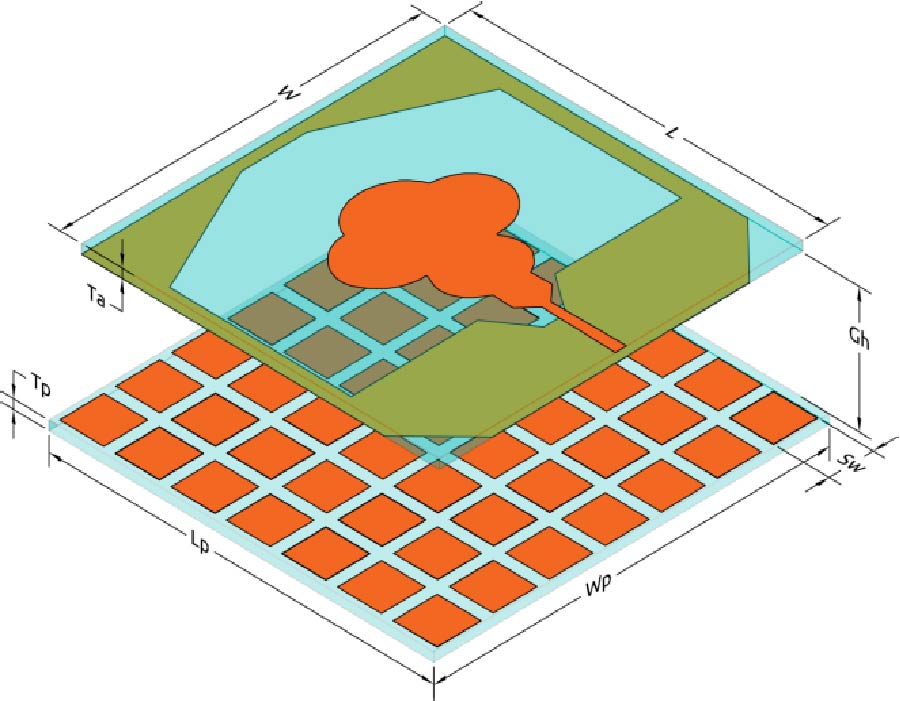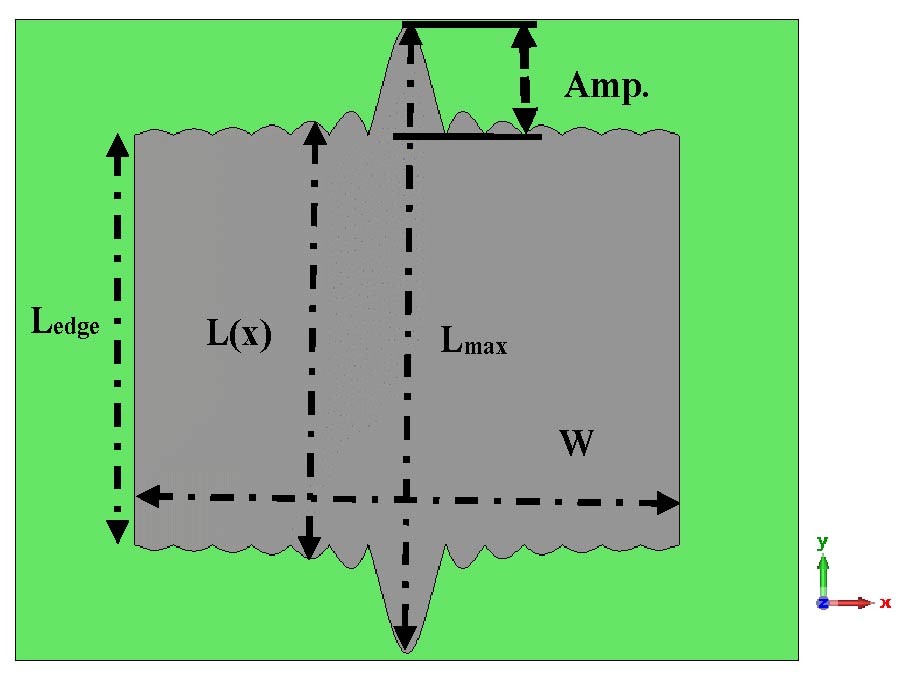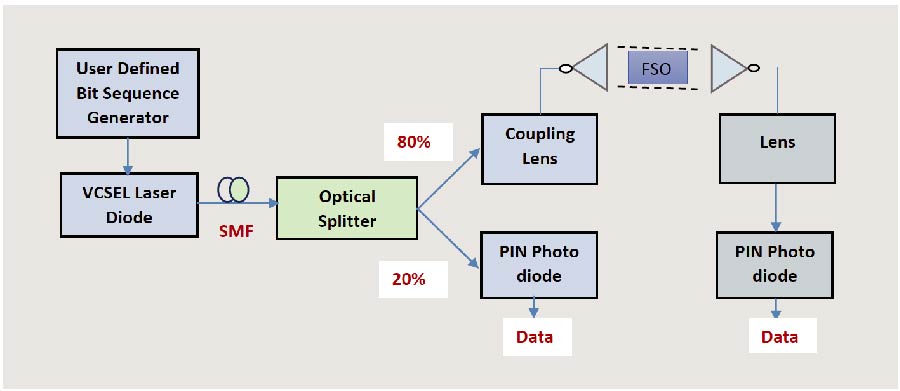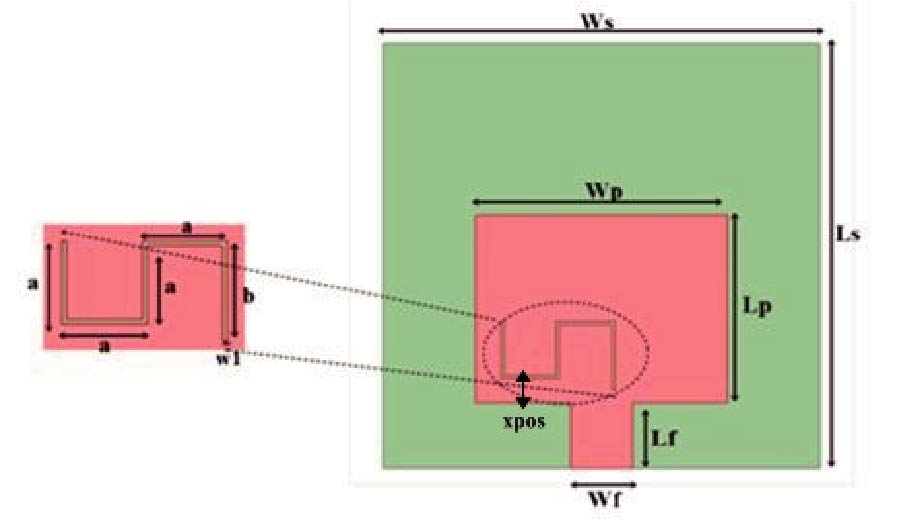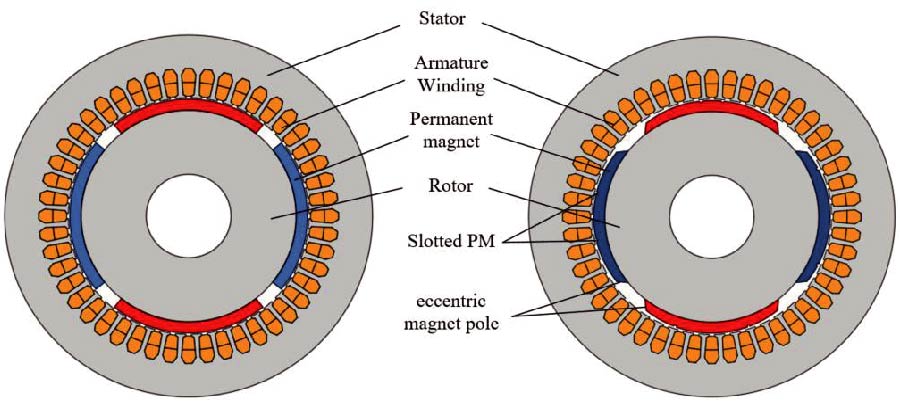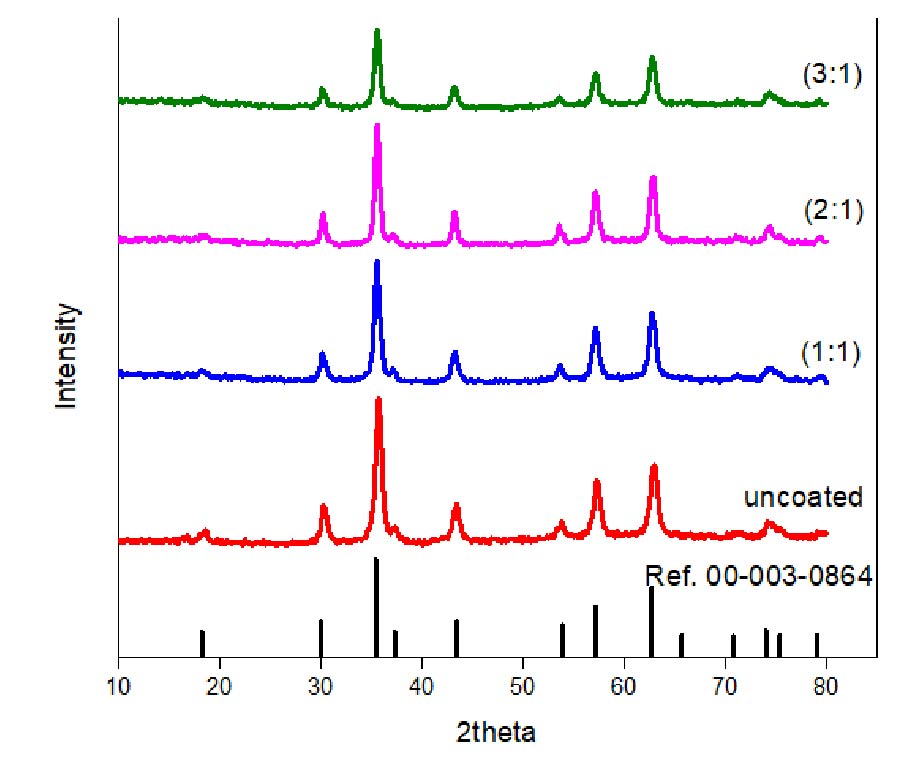Structural and Electromagnetic Shielding Effectiveness of Carbon-Coated Cobalt Ferrite Nanoparticles Prepared via Hydrothermal Method
Nur Amirah Athirah binti Zaini,
Iffah Zulaikha binti Azman,
Ling Jin Kiong,
Jose Rajan,
Muhammad Hafiz Mazwir and
Mohamad Ashry Jusoh
The rapid advancement of communication technology has led to an increase in electromagnetic interference (EMI), or electromagnetic (EM) pollution. This is a cause for concern, as EMI can disrupt communication services, damage electronic equipment, and pose health risks. Regulatory bodies are working to develop standards for the safe use of wireless devices, but the problem of EMI is likely to continue to grow as the number of Internet of Thing (IoT) devices continues to increase. To address this issue, this study investigated the effectiveness of carbon-coated cobalt ferrite nanoparticles as a potential material for electromagnetic shielding. The synthesis of cobalt ferrite (CoFe2O4) nanoparticles was successfully achieved using the co-precipitation method. Subsequently, a carbon coating was applied to the nanoparticles through a hydrothermal process using a 200 mL autoclave made of teflon-lined stainless steel. This process was carried out at a temperature of 180˚C for a duration of 12 hours, with a heating rate of 8˚C per minute. This study examined both uncoated and carbon-coated CoFe2O4 nanoparticles at various ratios of glucose to CoFe2O4 (1:1, 2:1, and 3:1) using techniques such as X-ray diffraction (XRD), field emission scanning electron microscopy (FESEM), and higher resolution transmission electron microscopy (HRTEM) analysis. The XRD analysis revealed distinct and well-defined peaks corresponding to CoFe2O4, indicating the successful synthesis of the nanoparticles. The crystallite size of the uncoated CoFe2O4 nanoparticles was measured to be 11.47 nm, while for the carbon-coated CoFe2O4, the average crystallite size was determined to be 14.15 nm through XRD analysis. The results obtained from the FTIR analysis were consistent with previous reports and confirmed the formation of spinel CoFe2O4 nanoparticles, as suggested by published data. The morphological and structural properties of the prepared samples were further characterized using FESEM and HRTEM analysis, which demonstrated uniformity in both particle size distribution and morphology. Overall, the research findings indicated that the structure and properties of CoFe2O4 nanoparticles were significantly influenced by the carbon coating process. Notably, the optimum ratio of carbon to CoFe2O4 was found to be 2:1, which resulted in the highest carbon thickness. The electromagnetic properties of the samples were evaluated using a vector network analyzer (VNA) and measured S-parameters in the frequency range of 8.2 to 12.4 GHz, known as the x-band region, suitable for radar applications. The sample with a carbon ratio of 2:1 exhibited the highest total shielding effectiveness (SE) of -17 dB at approximately 10 GHz. As a conclusion, the carbon-coated CoFe2O4 nanoparticles showed promising potential as an effective material for shielding against electromagnetic wave pollution, particularly when the carbon coating and filler composition reached an optimal point. Additionally, the shielding effectiveness performance of the sample could be further enhanced by incorporating a conductive polymer as an auxiliary material.
